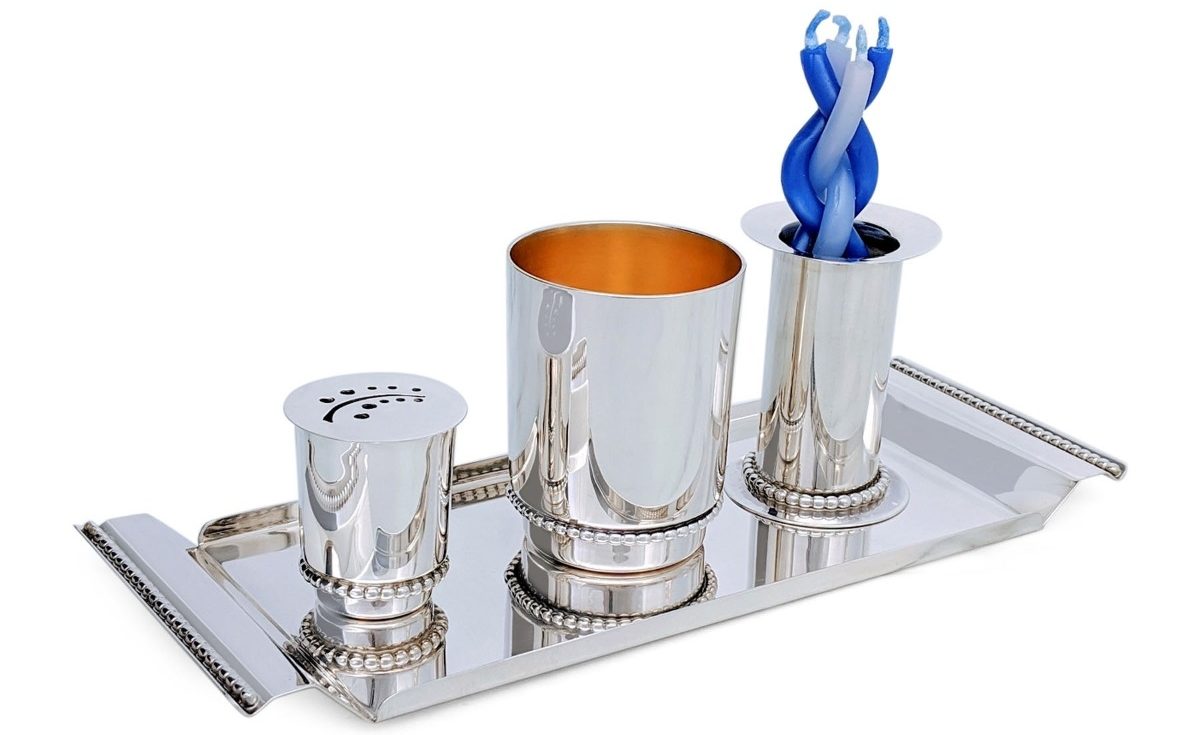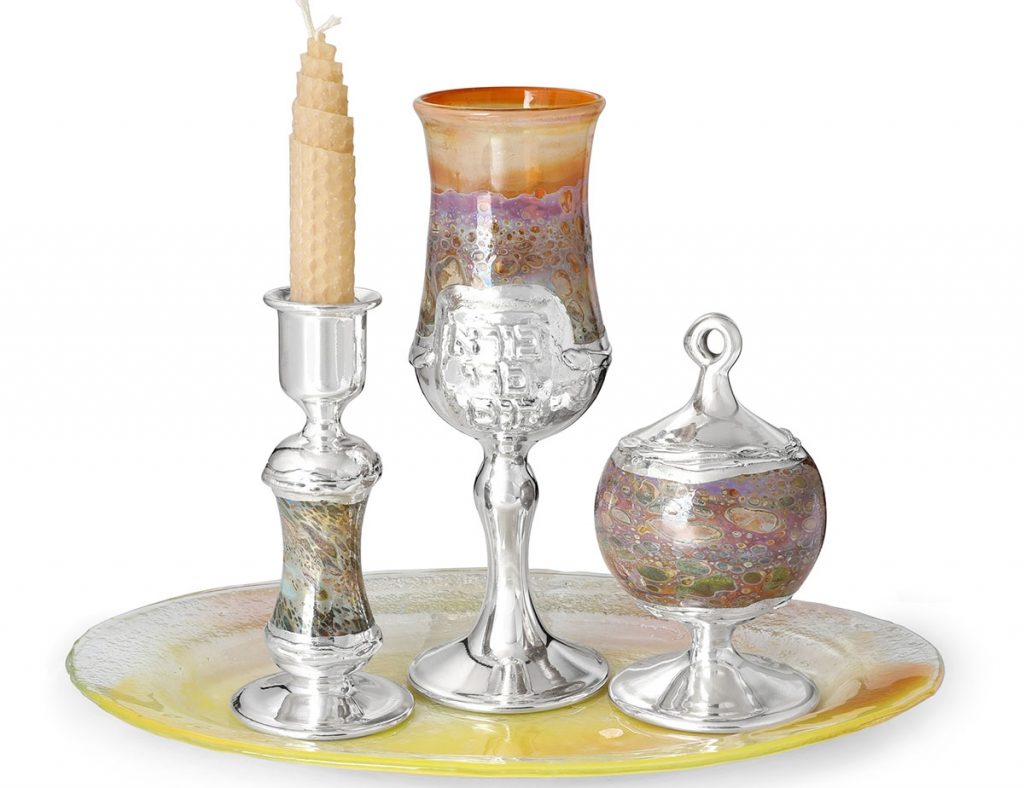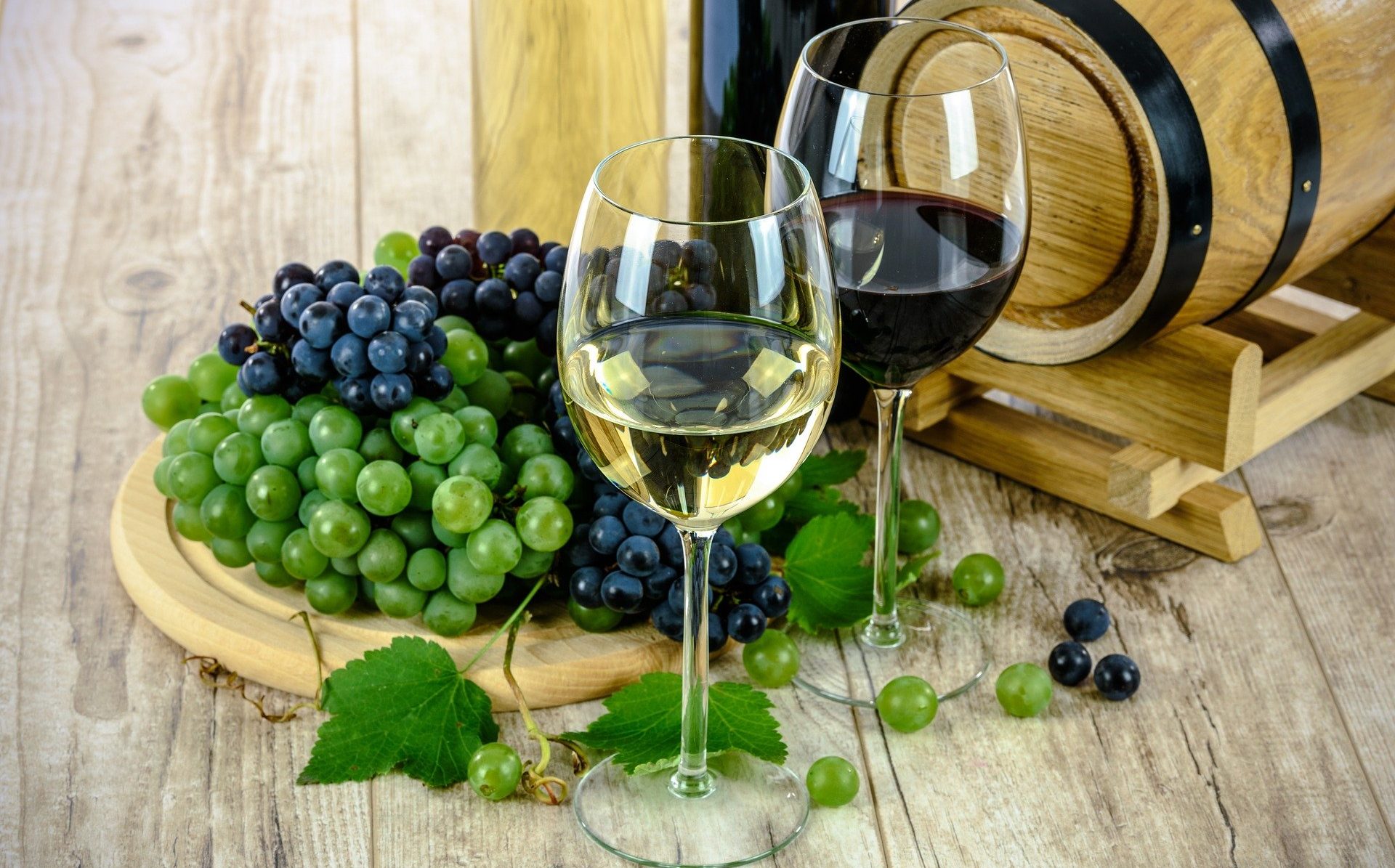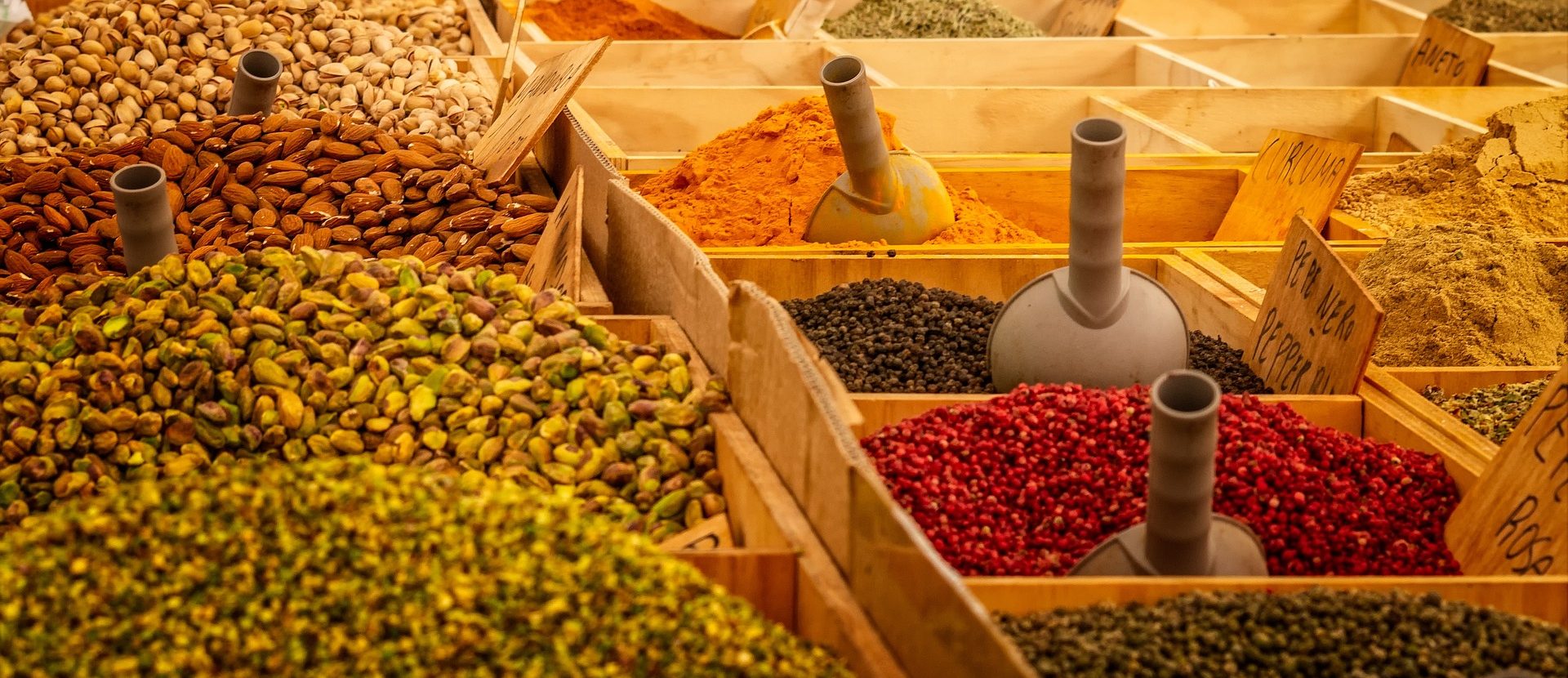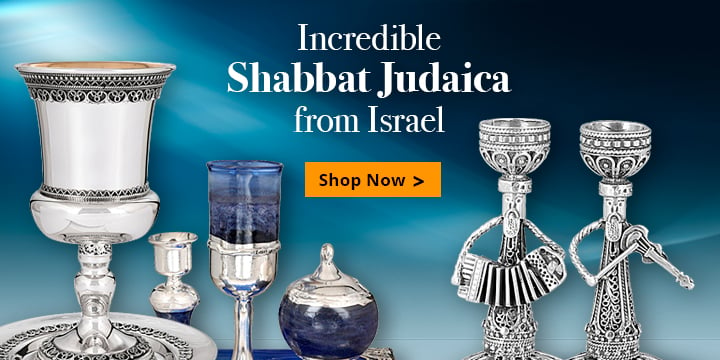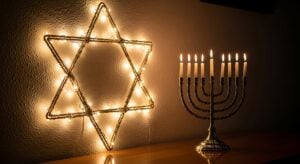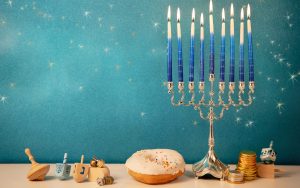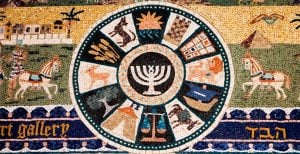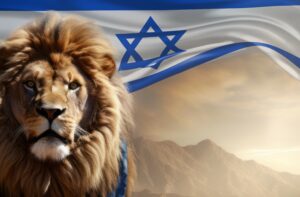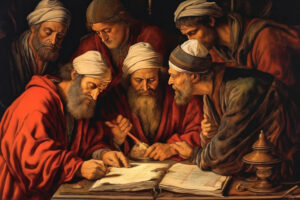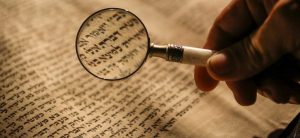Havdalah is a way to start the week off on a strong spiritual footing. It may be difficult to feel as connected to Torah during the week as it is on Shabbat, with all the free time to see friends and family, eat delicious kosher food, pray and learn Torah. Havdalah acknowledges Shabbat or a holiday has come to an end, that those good things should be carried onwards.
We’ll walk through the steps of how one goes about the rituals and blessings of Havdalah, as well as some of the history and deeper meaning behind them.
